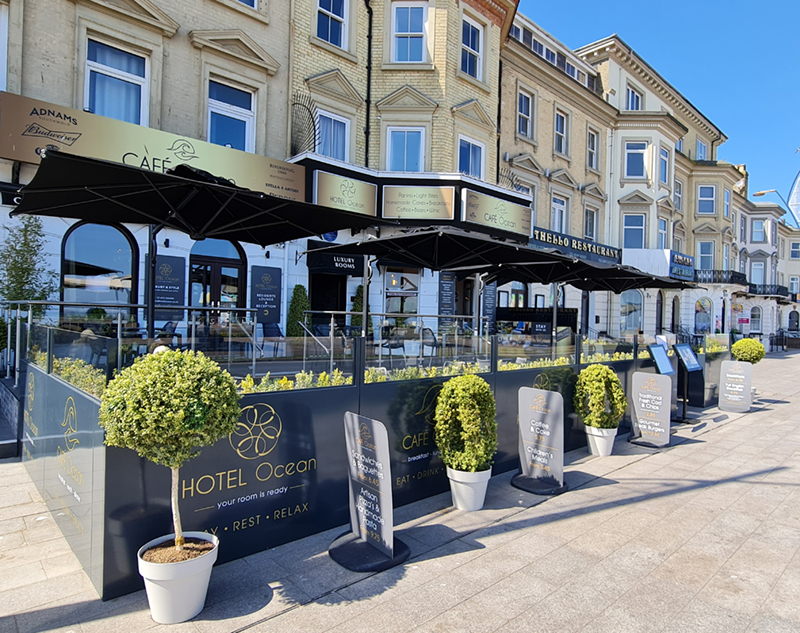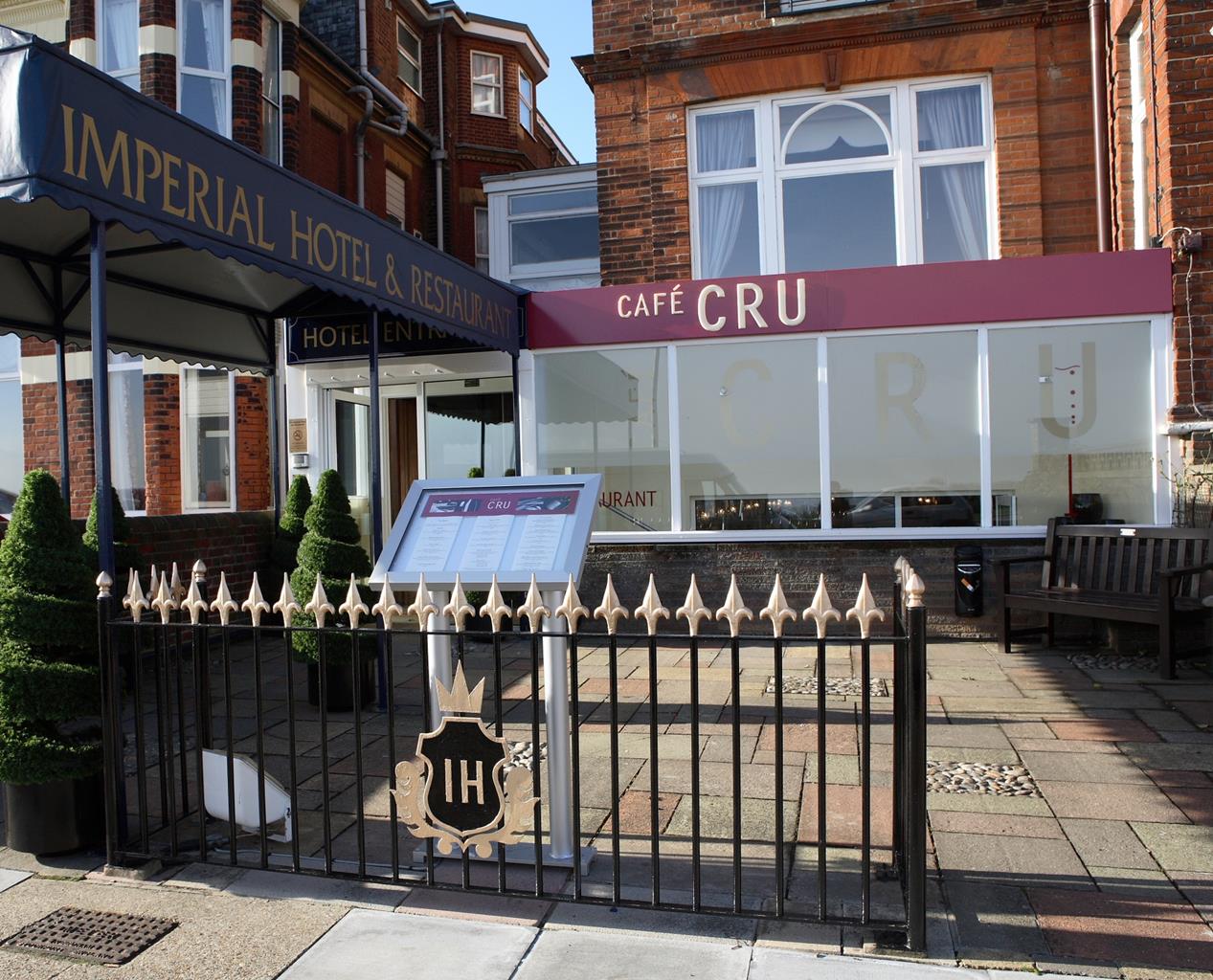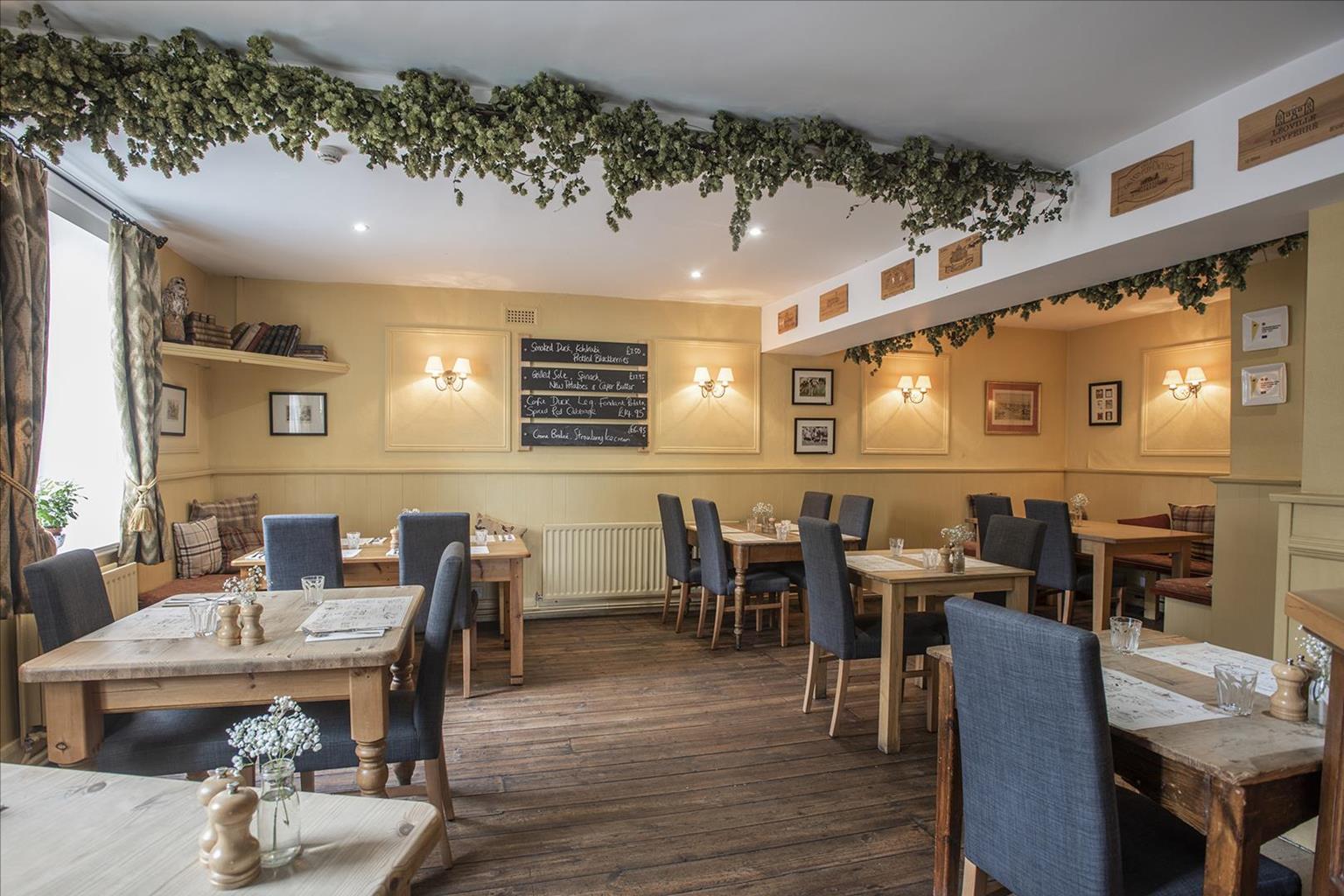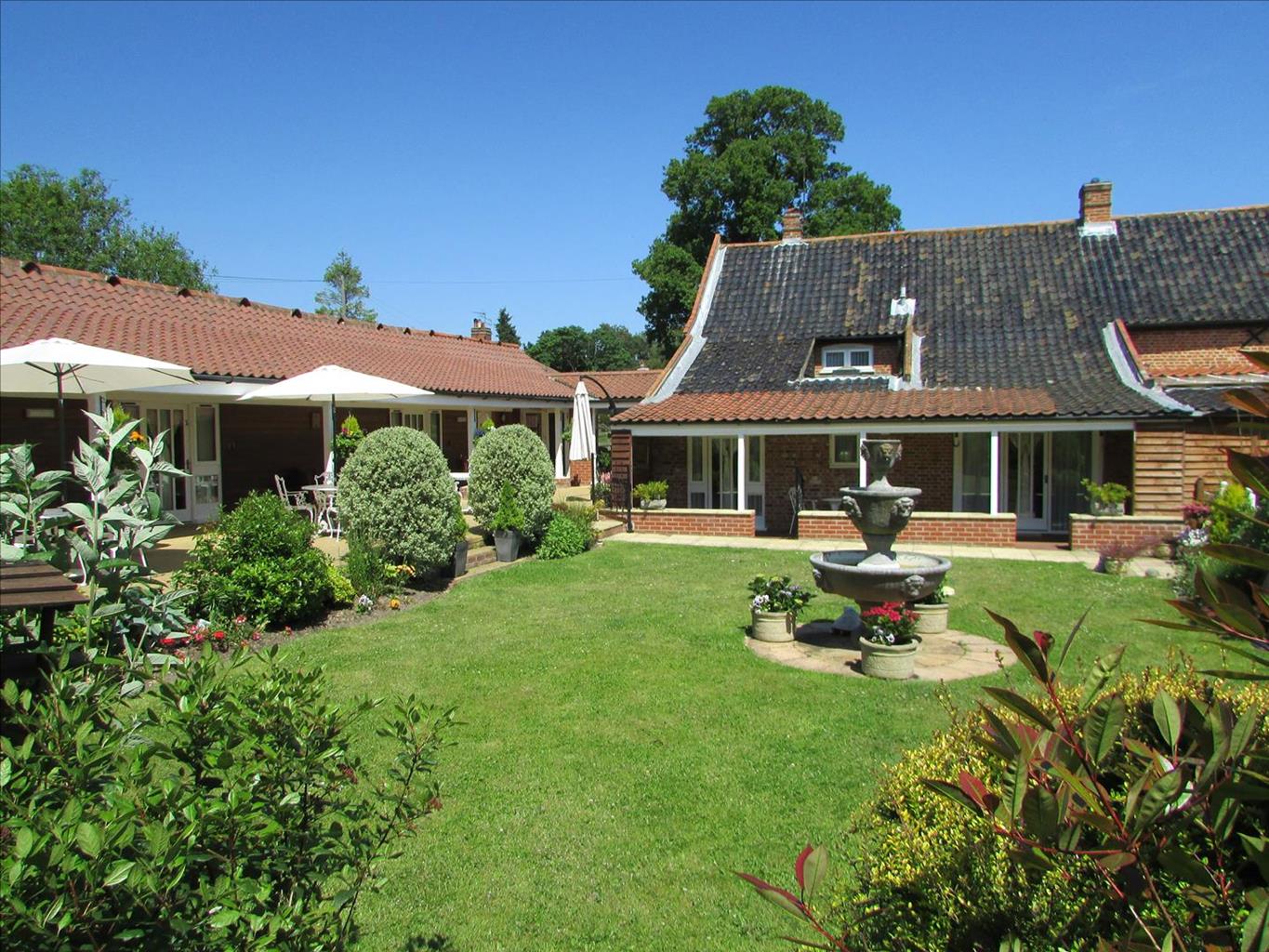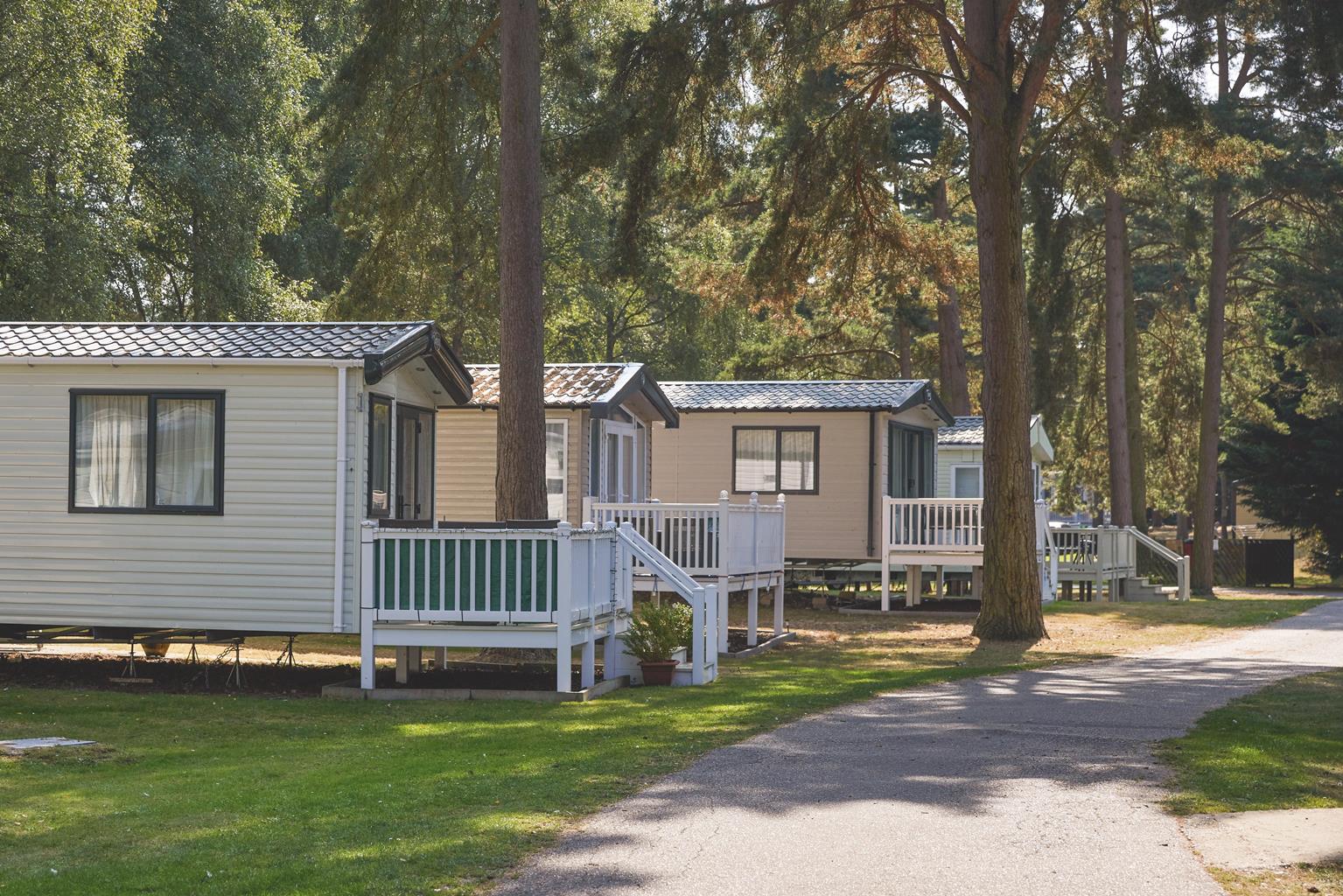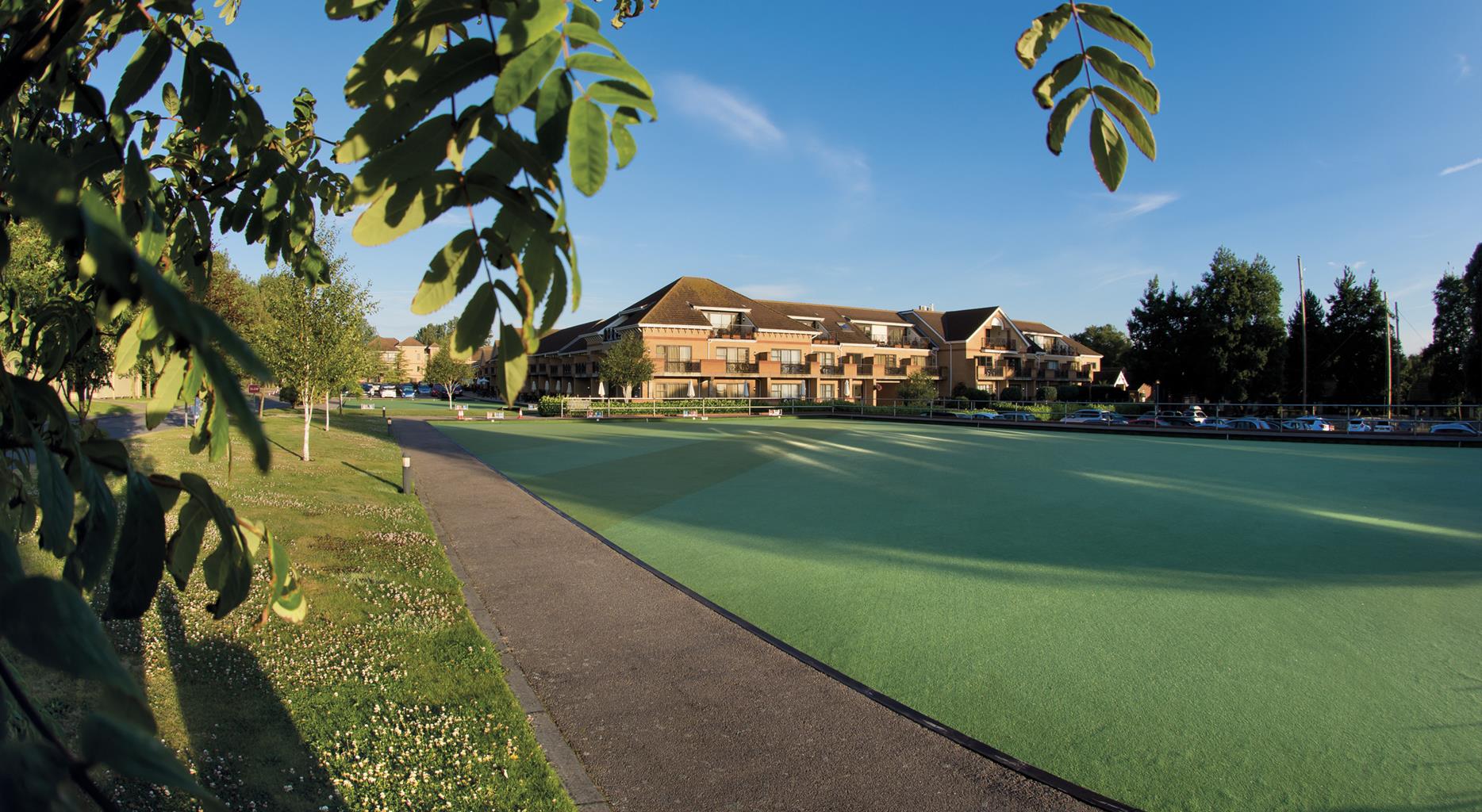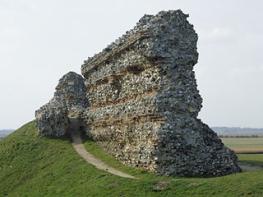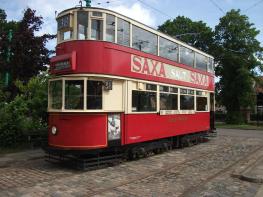Decoy Barn is a two-hundred-year old barn and stables conversion with views out over its own…
Somerleyton and a Victorian eccentric

A walk around the delightful estate village designed by a flamboyant Victorian railway magnate.
6.25 miles (10.1kms)
About the walk
The story book of Suffolk is filled with interesting characters but few had a more colourful life than Sir Samuel Morton Peto (1809-89) of Somerleyton Hall. At the age of 21, he took over his uncle's building business and he went on to become one of the great Victorian entrepreneurs. Together with his cousin, Thomas Grissel, he was responsible for many of the most familiar public buildings in London, including Nelson's Column, the Houses of Parliament, several theatres, hospitals, prisons and even the brick sewers that are still in use today.
Great Victorian entrepreneur
Despite this, his first love was railways and he is best remembered as one of the pioneers of steam locomotion. During his lifetime he built more than 750 miles (1,206km) of railway line in Britain and 2,300 miles (3,700km) abroad, in Canada, Russia and Australia. During the Crimean War (1854-56), he built the world's first military railway at Balaclava, completely without profit, an act for which he was rewarded with a knighthood. He is also remembered locally as the father of modern Lowestoft. It was he who turned a small fishing village into a busy port with the construction of a harbour for 1,000 boats, and he built seaside hotels and a holiday resort on deserted marshes and scrubland. He built the railway link from Lowestoft to Norwich, opening up the town's fishing trade and fulfilling his promise that the morning catch from Lowestoft would arrive in Manchester in time for tea. The railway line still survives and there is still a station at Somerleyton, the village he made his own.
Somerleyton Hall
In 1843, Sir Morton Peto purchased Somerleyton Hall. He proceeded to rebuild this Jacobean mansion in the Anglo-Italian style favoured by wealthy Victorians and transformed the parkland. At the same time, he built the thatched red-brick estate cottages for his workers which contribute so much to the village's charm. He also provided the village with an unusual thatched school, which must be the prettiest school in Suffolk. The village as you see it today is almost totally the creation of Sir Morton Peto and his eccentric tastes in architecture. Sir Morton also found time to be the Liberal MP for Norwich for 20 years. However, in the best tradition of flamboyant entrepreneurs, it all went wrong in the end. In 1866, he was declared bankrupt with unpaid debts of one million pounds. Somerleyton Hall was bought by the carpet manufacturer Sir Francis Crossley, whose son became the first Lord Somerleyton. His great-grandson, the present Lord Somerleyton, still lives in the hall and can often be seen riding around his estate.
Walk directions
With the post office behind you, turn left and walk past estate cottages towards the village green. Look out to your right for the column erected in 2010 to commemorate the invention by Christopher Cockerell in 1955 of the hovercraft, testing for which took place on the River Waveney. Turn left to walk around the green and continue around the outside of the school. Return to the road, turn left and walk along the pavement opposite the red-brick wall of Somerleyton Park.
Follow this road round to the left and turn right on a lane signposted 'Ashby'. There are glimpses of Somerleyton Hall across parkland to your right. After 300yds (274m), turn right past a thatched lodge at the pedestrian entrance to Somerleyton Hall. Pass through the gates and keep on this lane for 400yds (366m), then turn left on to a field-edge path.
After 300yds (274m), turn right on to a farm track. Stay on this waymarked path as it swings left through the farmyard and continues alongside two fields, then turns sharp right towards a wood. Turn left to walk along the edge of the wood and keep to the path as it bends around a pond and enters a small belt of woodland. Keep right through the woods and pass next to a stile (there’s no need to cross it), then look for the second gap in the hedge to your right and bear half left on a crossfield path to reach a hedge and lane on the other side.
Turn right and stay on this lane for 1 mile (1.6km). Just before a road junction, take the field-edge path to your left and follow this round to a gap in the wall. Cross the B1074 and climb a stile to keep straight ahead on a field-edge path for almost 0.75 mile (1.2km).
Turn right at the end of this track along Waddling Lane. The path drops down towards the water-meadows with the railway and River Waveney to your left. When the path divides, fork left to climb around the edge of Waddling Wood. Keep straight ahead when a track joins from the left to head uphill and away from the woods.
Turn left opposite Waveney Grange Farm and walk down towards the station. Turn right opposite the station entrance on a wide track. When the track bends right, keep left on a grassy path to drop down to a boatyard. Turn left around the boatyard buildings to reach a marina, then turn right past the marina and climb the access drive to a road.
Turn left and walk along the pavement as far as the Duke's Head pub. Stay on this road as it bends to the right with views of round-towered Herringfleet church over the hedge to your left. At the next bend, by the black railings of a cottage, turn right on a waymarked path. Follow this path along the edge of the field and turn right beyond a telegraph pole, towards a row of houses. At the end, turn left to return to the start of the walk.
Additional information
Farm tracks, field-edge paths, country lanes, 1 stile
Farmland, village and River Waveney
On lead across farmland, off lead on Waddling Lane
AA Walker's Map 22 The Norfolk Broads
On-street parking outside Somerleyton post office
At marina
WALKING IN SAFETY
Read our tips to look after yourself and the environment when following this walk.
Find out more
Also in the area
About the area
Discover Suffolk
Suffolk is Constable country, where the county’s crumbling, time-ravaged coastline spreads itself under wide skies to convey a wonderful sense of remoteness and solitude. Highly evocative and atmospheric, this is where rivers wind lazily to the sea and notorious 18th-century smugglers hid from the excise men. John Constable immortalised these expansive flatlands in his paintings in the 18th century, and his artwork raises the region’s profile to this day.
Walking is one of Suffolk’s most popular recreational activities. It may be flat but the county has much to discover on foot – not least the isolated Heritage Coast, which can be accessed via the Suffolk Coast Path. Southwold, with its distinctive, white-walled lighthouse standing sentinel above the town and its colourful beach huts and attractive pier features on many a promotional brochure. Much of Suffolk’s coastal heathland is protected as a designated Area of Outstanding Natural Beauty and shelters several rare creatures including the adder, the heath butterfly and the nightjar. In addition to walking, there is a good choice of cycling routes but for something less demanding, visit some of Suffolk’s charming old towns, with streets of handsome, period buildings and picturesque, timber-framed houses.
Nearby stays
Restaurants and Pubs
Nearby experiences
Recommended things to do
Why choose Rated Trips?
Your trusted guide to rated places across the UK
The best coverage
Discover more than 15,000 professionally rated places to stay, eat and visit from across the UK and Ireland.
Quality assured
Choose a place to stay safe in the knowledge that it has been expertly assessed by trained assessors.
Plan your next trip
Search by location or the type of place you're visiting to find your next ideal holiday experience.
Travel inspiration
Read our articles, city guides and recommended things to do for inspiration. We're here to help you explore the UK.

